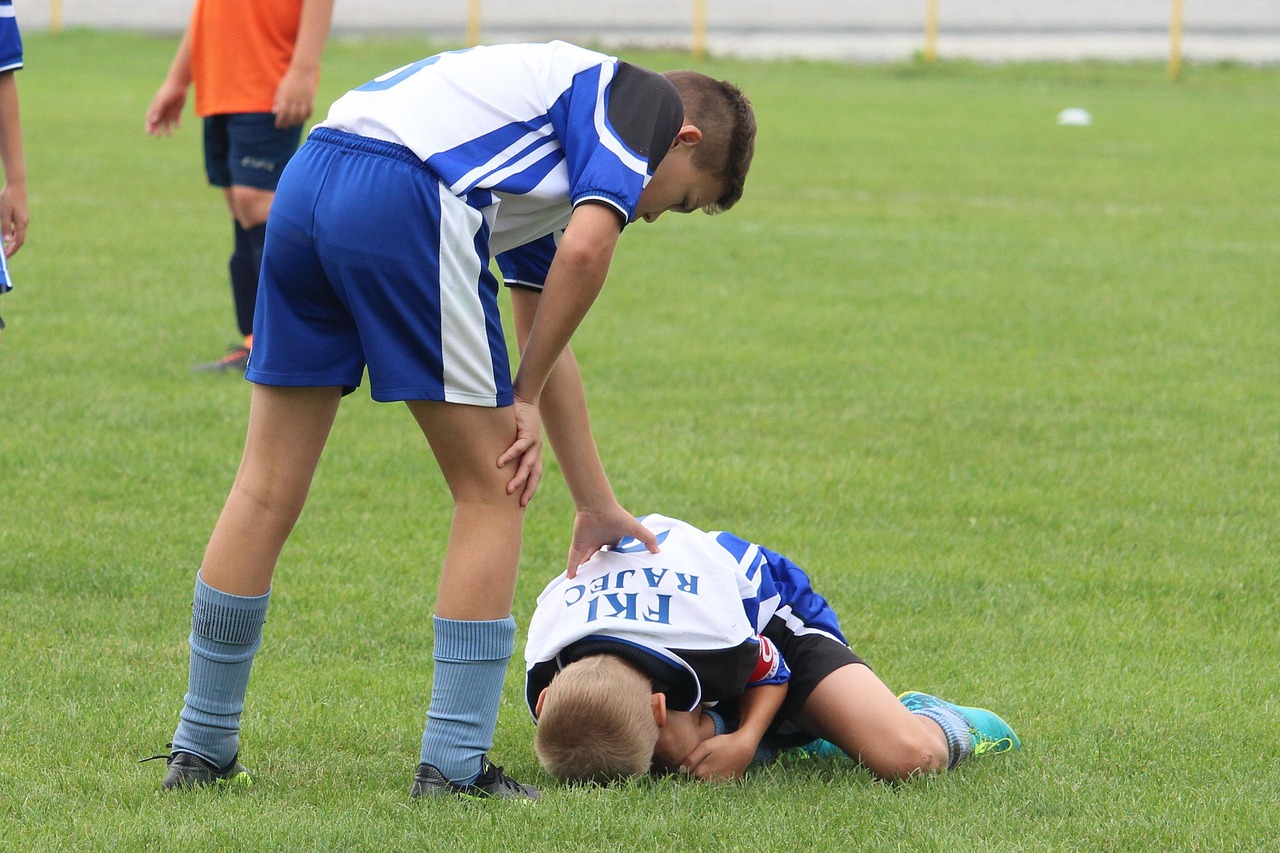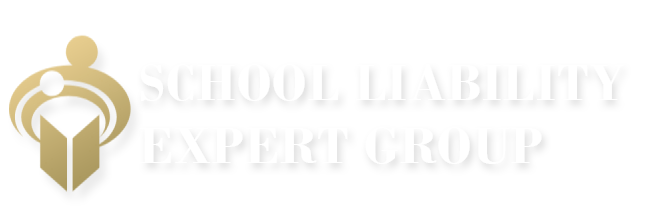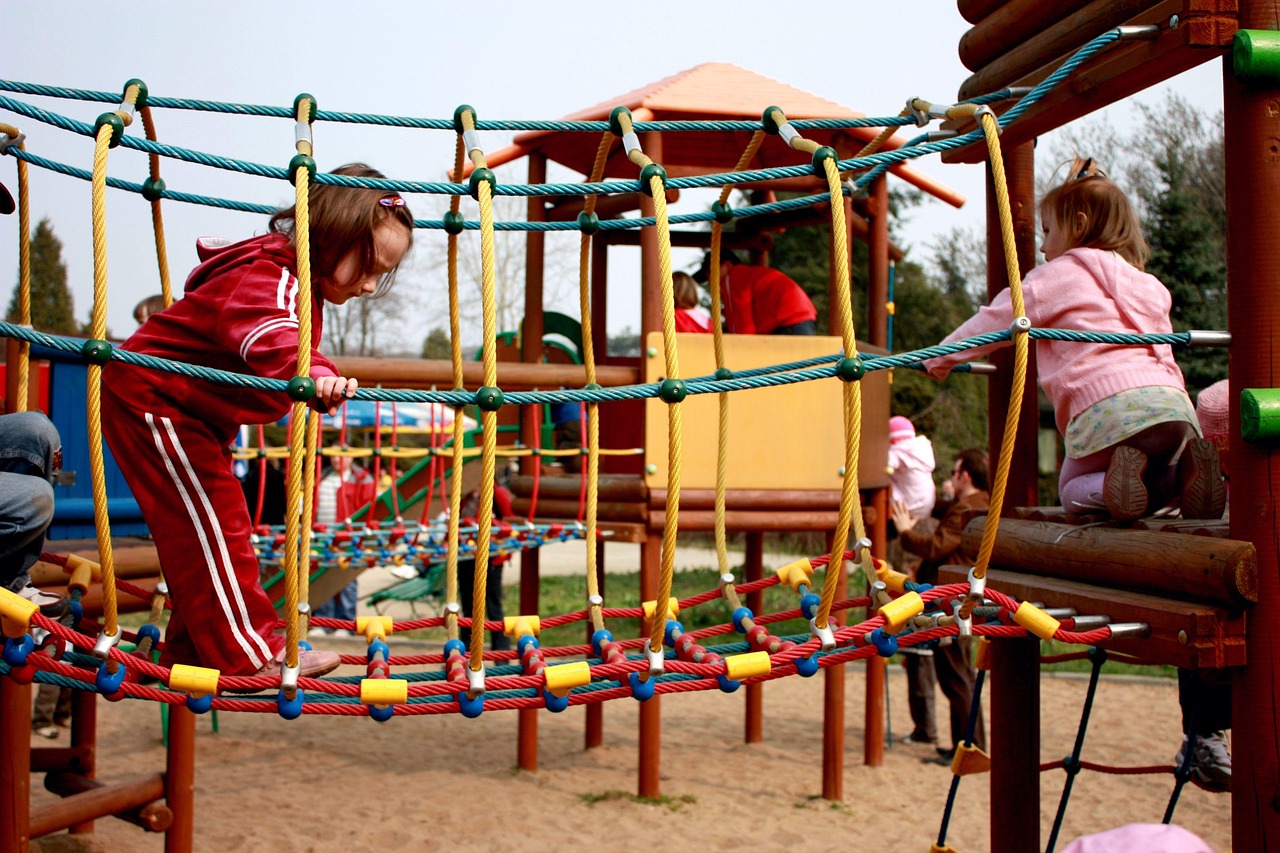
Proving Negligence in Student Injury Cases with Expert Insights
Key Takeaways
- Expert testimony is crucial for navigating negligence and personal injury cases in schools.
- Proving negligence in student injury cases requires establishing four key elements: duty of care, breach of duty, causation, and damages.
- A qualified student injury expert witness provides objective, actionable insights to help attorneys build a strong case or defense and support victims and families in getting justice.
Navigating negligence lawsuits involving public schools, private schools, and higher education institutions can be challenging due to the numerous case-specific factors involved. Substantial and compelling evidence is necessary to hold institutions responsible for negligent supervision of students and student injuries at school. These include records of events, photos, videos, police reports, lay witness statements, medical records, communications, field inspection reports, and expert testimony.
Proving negligence in student injury cases hinges on clearly establishing four key elements: duty of care, breach of duty, causation, and damages. A student injury expert witness can analyze evidence and offer objective, actionable expert insights regarding these elements before and during litigation. This helps attorneys, victims, and families present a strong argument and recover appropriate compensation.
Duty of Care
To prove negligent supervision of students, you must establish that a school had a duty to protect a student during a particular activity. This will depend on specific circumstances, such as age, disability, and the type of activity. Understanding schools’ legal and ethical obligations forms the basis of proving negligence in student injury cases.
Schools must keep students safe at the playground, laboratory, school transportation, summer camps, field trips, and other school-sanctioned activities and programs. They should maintain safe premises and equipment, address bullying, harassment, and abuse, effectively supervise students, and train staff to prevent student injuries at school.
State and federal laws, industry norms, and activity-specific guidelines from oversight organizations such as the Little League, AAU, and Boy Scouts of America define the activity-specific professional standard of care schools must observe. A student injury expert witness’s insights can provide clarity regarding these standards.
Breach of Standards
Proving negligence in student injury cases with expert insights entails establishing that the school fell short of the professional standard of care through its action or inaction. Here, the key question is, how would a reasonable and equally competent professional have acted under similar circumstances to prevent student injuries at school?
For example, suppose a coach is constantly distracted during supervision, looking at his phone or talking to someone. In that case, this may be seen as negligent supervision of students because a reasonable coach would pay closer attention. Other examples of negligence include failing to repair broken facility areas like railings and failing to provide safety gear during sports. Schools must constantly anticipate potential risks involved in various activities and observe the pertinent standard of care.
Proving negligence in student injury cases involves examining the effectiveness of the school’s response to incidents and reports. For instance, if a school administrator knows a student is being bullied but fails to take effective and prompt action, that might qualify as deliberate indifference or inadequate supervision.
Causation
A clear and direct link between the school’s action or inaction and student injuries must be proven to prove negligent supervision and determine liability. This can be categorized as the actual cause or proximate cause. Take an example where a laboratory technician goes against the manufacturer’s manual and uses a random replacement bolt to repair equipment. Suppose a student gets hurt while using this equipment. When proving negligence, it may be demonstrated that the injury would not have occurred “but for” the technician’s actions. Schools can only be held responsible for reasonably foreseeable risks.
Establishing causation can be complex, as many factors may come into play, for instance, contributory negligence, family dynamics, and other factors beyond the school’s control. For example, a child may attempt suicide because of abuse at home and not due to the school’s negligence. A student injury expert witness can assess the facts and provide expert insights.
When proving negligence in student injury cases, contributory negligence may be considered if student injuries at school happened partly because of a student’s actions, e.g., ignoring safety instructions. This may lessen school liability. However, this depends on factors like age, disability, etc. Young children may not understand guidelines and need careful oversight when playing or using equipment.
Damages
Finally, for a school to be held liable for negligent supervision of students and injuries, you must establish that the student suffered actual injury. Damages are wide-ranging and encompass physical injuries, medical expenses, psychological and emotional harm, pain and suffering, losses incurred by family members, and poor quality of life.
Effectively proving negligence in student injury cases can significantly determine the appropriate compensation. Detailed evidence, such as testimony by a student injury expert witness, medical and psychological records, bills, and testimony regarding the impact of injury on their lives, can validate and quantify damages.
Conclusion
Expert insights are essential to understanding the intricacies of cases involving negligent supervision of students and student injuries at schools, colleges, and universities. Experts help clarify the activity-specific professional standard of care, breach of duty, causation, and damages. This knowledge aids victims and families in getting justice. A qualified, well-prepared student injury expert witness can help attorneys present credible, compelling evidence and efficiently prove negligence in student injury cases.
At School Liability Expert Group, our education expert witness team helps plaintiff and defendant attorneys, parents, and victims navigate negligence and student injury cases and seek fair compensation. We will thoroughly analyze your evidence and provide objective, actionable expert insights reinforcing your position. Our court-qualified experts help with highly individualized, thorough, prompt consultations, comprehensive reports, and reliable deposition and trial testimony. We have worked with hundreds of law firms, and our client testimonials prove our effective processes and quality output. If you have any more questions about proving negligence in student injury cases, book a call today to talk to an expert.



